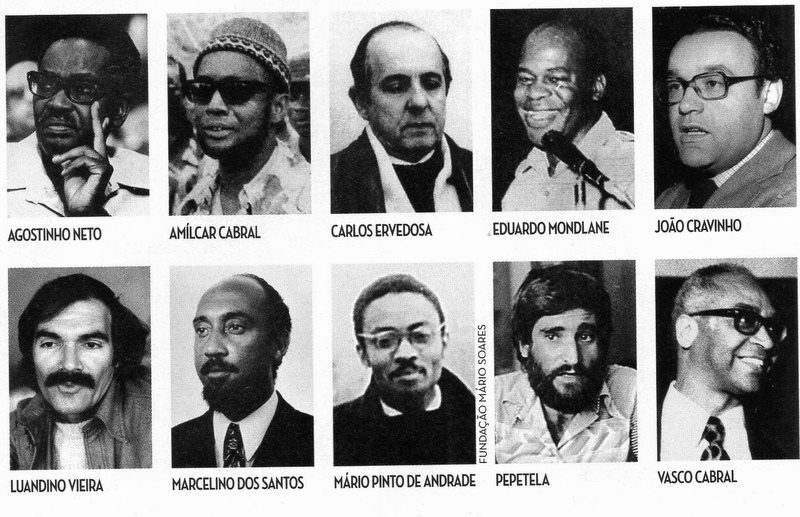Gentilicio de cabo verde
Contenidos
la gente de cabo verde
Las islas de Cabo Verde, pobres en recursos naturales, propensas a la sequía y con poca tierra cultivable, se han ganado la reputación de lograr la estabilidad política y económica.La antigua colonia portuguesa comprende 10 islas y cinco islotes, todos ellos montañosos excepto tres. El archipiélago, situado a unos 500 km de la costa occidental de África, fue en su día un importante centro de comercio de esclavos. En el siglo XX, las graves sequías causaron la muerte de 200.000 personas y provocaron una fuerte emigración. En la actualidad, hay más personas originarias de Cabo Verde que viven fuera del país que dentro. El dinero que envían a su país aporta las tan necesarias divisas.DATOS
la población de cabo verde
Cabo Verde (/ˈvɜːrd(i)/ (escuchar)) o Cabo Verde (/ˌkɑːboʊ ˈvɜːrdeɪ/ (escuchar), /ˌkæb-/) (portugués: Cabo Verde, pronunciado: [ˈkabu ˈveɾdɨ]), oficialmente la República de Cabo Verde,[9] es un país insular de África. Es un grupo de islas situadas en el océano Atlántico, a 570 km de la costa de África occidental. Las islas tienen una superficie combinada de algo más de 4.000 km2 (1.500 millas cuadradas). Tienen un origen volcánico.
El explorador portugués Dinis Dias (o Denis Fernadez) descubrió en 1445 una península a lo largo de la costa de Senegal que denominó Cabo Verde (Dias la llamó así, ya que «verde» es una referencia a la vegetación de la zona). Dias no descubrió las islas de Cabo Verde, sino el propio cabo[10].
Los primeros europeos que llegaron a Cabo Verde fueron los portugueses Diogo Gomes y Antonio da Noli en 1460. Las islas estaban deshabitadas, y el primer asentamiento se fundó en 1462 en la isla de Santiago (la principal), que se dividió en dos «capitanías», Alcatrazes y Ribeira Grande. La primera fracasó y la actividad principal en Ribeira Grande fue la explotación de granjas de algodón. Ribeira Grande sirvió también como puesto de comercio de esclavos y como puesto de cristianización de esclavos antes de ser enviados al Nuevo Mundo.
cesária évora
Cape Verde is an island state in Africa. It is located in the Atlantic Ocean, about 500 km off the coast of Senegal. It consists of 10 islands and several islets, which are grouped into two sectors: the Windward Islands (Santo Antonio, San Vicente, Santa Lucia, San Nicolas, Buena Vista and Isla Sal, to the north, and the Leeward Islands (Mayo, San Tiago, Fuego and Brava). The capital is divided between Mindelo, on the island of San Vicente, and Praia, the official capital, on the island of San Tiago.
The islands were discovered in 1456 by the Venetian Alvise Ca’ da Mosto in the service of Portugal, and explored in 1460 by Diego Gómes and Antonio da Nola, beginning their settlement. Used for trade with Africa and India, in 1470 they were officially incorporated into the Portuguese crown. At the beginning of the 16th century it became a very important center of slave trade, being later replaced by Gambia, which marked the beginning of its economic decline.
Already in the 20th century, there was a strong independence movement led by the PAIGC (African Party for the Independence of Guinea and Cape Verde) that confronted the natives with the metropolis. After the assassination of its leader, Amilcar Cabral, in 1973, and following the Portuguese revolution of 1974, an agreement was reached whereby the independence of the islands was set for July 1975.
pedro pires
Later, biological colonization began, probably through rafts of vegetation remains from the African continent when the salinity of the ocean was lower, reaching the archipelago its first inhabitants, geckos, lizards and insects, as well as the plants themselves.
In the 15th century when the Portuguese colonized the archipelago, the islands did justice to their name: they were covered by dense tropical vegetation, which contrasted with their black volcanic rocks and blue sea. There is no evidence that they were populated before the arrival of the colonists, but it is considered probable that the Arabs had visited the island of Sal in previous centuries to supply themselves with the substance.
For the Portuguese, the islands, located between Africa, America and Europe, were of great strategic interest. Since 1517, the official Portuguese route for the transport of slaves from Africa to America was established, making a stopover in Cape Verde[9] (slavery was abolished in 1876). The repeated raids by English, Dutch and French pirates forced the Portuguese to move agricultural settlers from the Alentejo (southeast of peninsular Portugal, the «breadbasket» of that country) to the archipelago.


